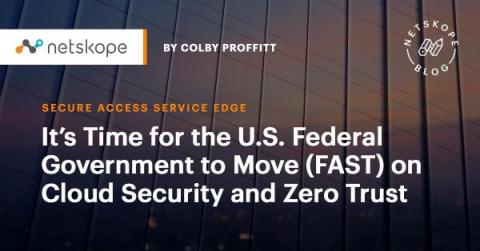Weekly Cyber Security News 03/12/2021
A selection of this week’s more interesting vulnerability disclosures and cyber security news. For a daily selection see our twitter feed at #ionCube24. Those of you of a certain age who frequented department stores during the 80’s and the emergence of home computing might remember the often used jape of writing a two line BASIC programme to fill the screen with text – often something silly. Such innocent times, and now though, we have this....









